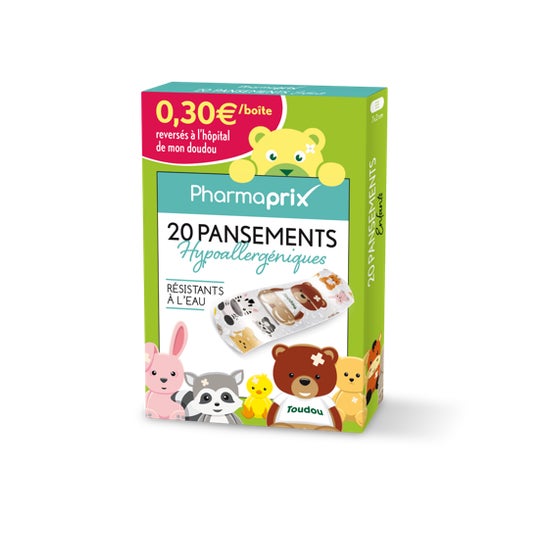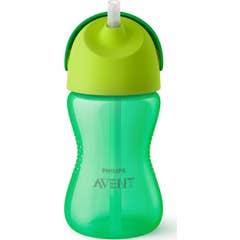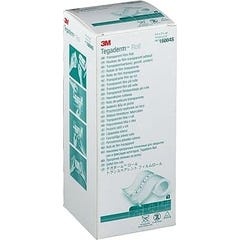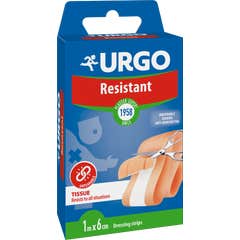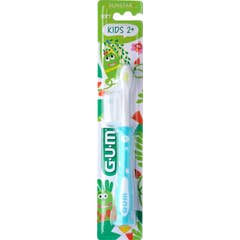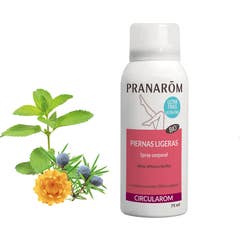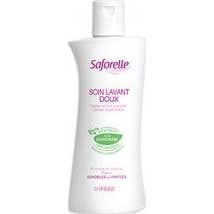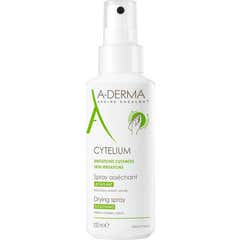The hypoallergenic dressings from PHARMAPRIX are designed for the skin of the little ones. Children's skin is much more sensitive than that of adults.
When they get a small wound, the dressings allow them to protect it while they continue to have fun and play. In addition to not causing allergic reactions, they are:
- Water-resistant
- Sweat-resistant
- Not easily detached
This is a great advantage at any time of the year. Children feel very comfortable with the dressings for minor and superficial wounds. Once the wound is disinfected with an antiseptic solution, the dressing is placed over the wound.
The package contains 20 units to be used as needed. They are very easy to apply and suitable for all children, even those with sensitive skin.

